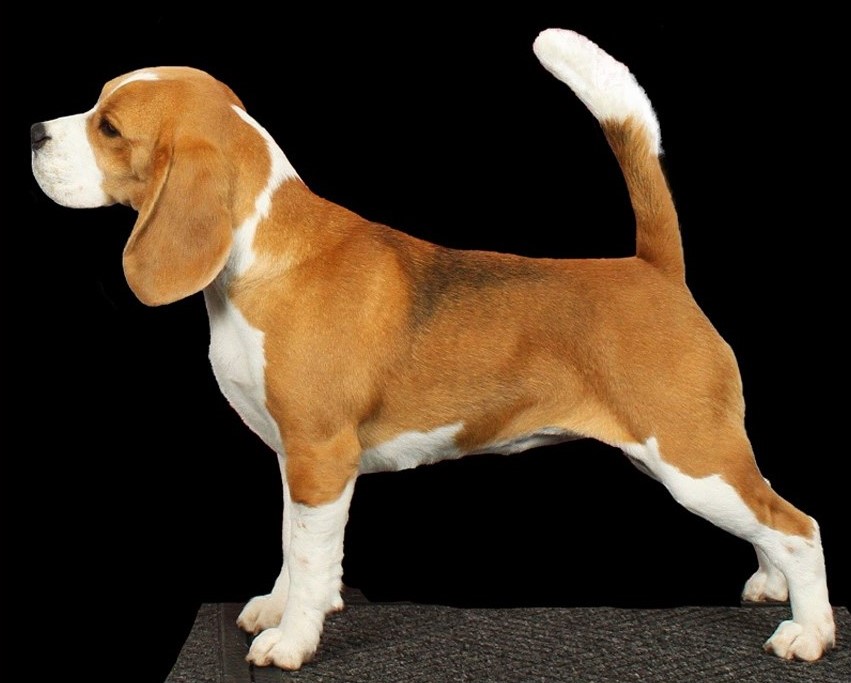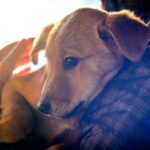The Beagle is a small but sturdy scent hound originally developed to hunt hare and rabbits in packs of hounds.
The breed is popular thanks to its hard-to-resist hazel brown eyes, large hound ears and gentle nature. They have a smooth, dense coat that is usually black, tan, and white. Beagles are lovable, happy and tolerant dogs, and if socialised correctly from a young age, they make wonderful playmates for children. They are also good with other dogs and household pets.
Although active and agile, when not enjoying playtime or long walks, they are quite the lap dog, loving nothing more than curling up with their owners. Beagles thrive off human company and should never be left alone for long periods of time. A bored, lonely Beagle can become distressed and destructive, chewing things it shouldn’t. As scent hounds, they also require a secure garden and are best kept on the lead when out on walks to keep them safe.
History

The origins of the Beagle are somewhat unknown. There are reports of small pack hounds used to hunt rabbits and hare in England long before the Roman legions arrived in 55 BC. Certainly, by the 1500s, the breed was well-established in England, where they were used as scent hounds that could be followed on foot, appealing to those who could not follow the larger scent hounds on horseback.






